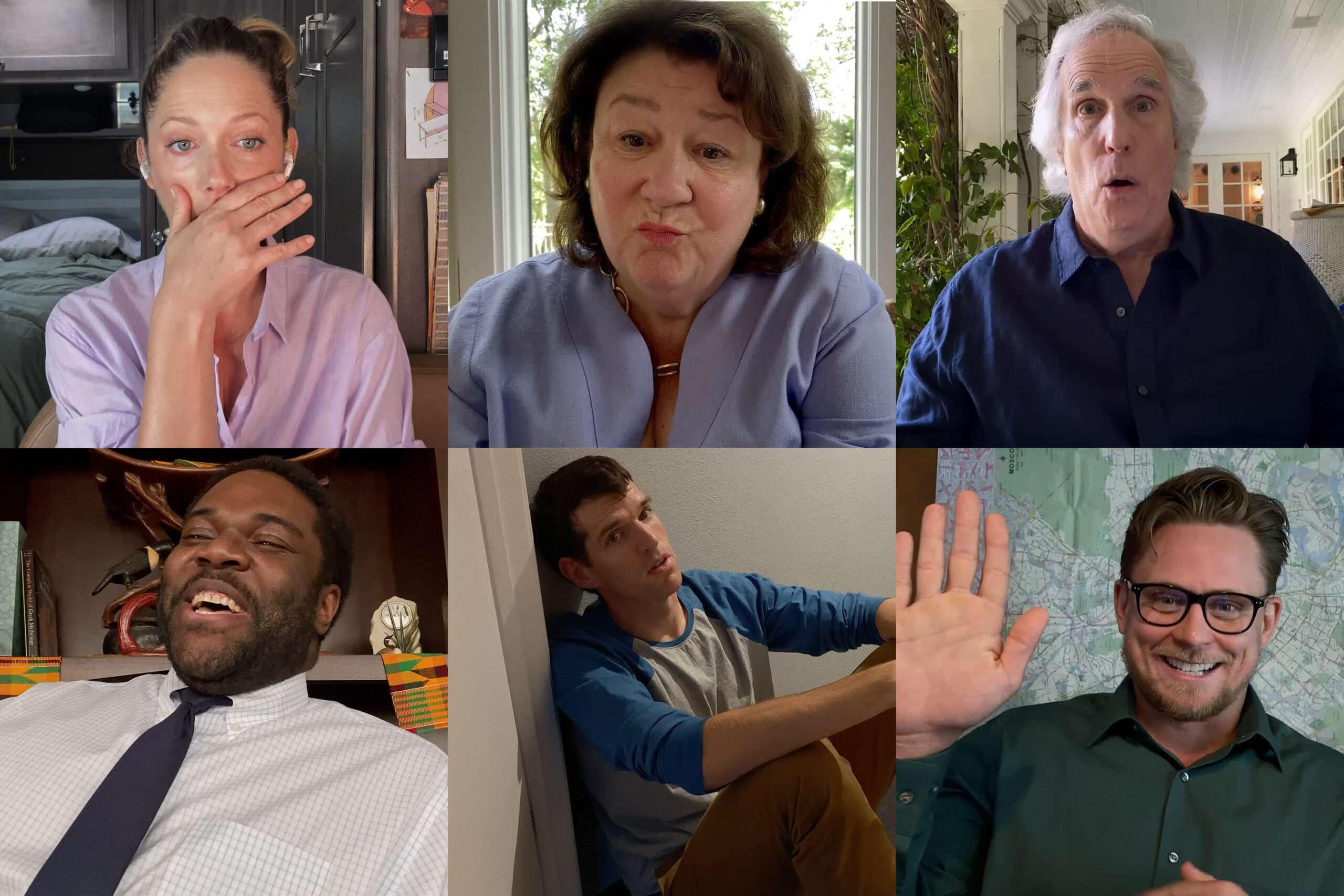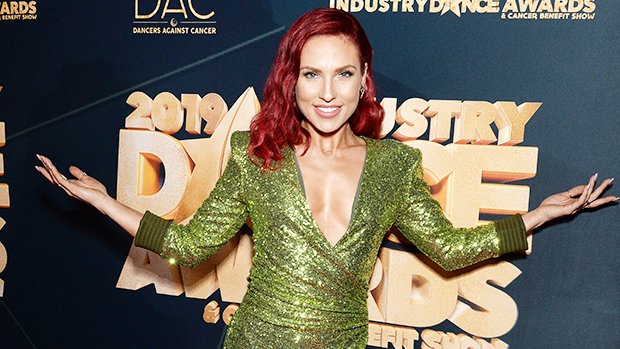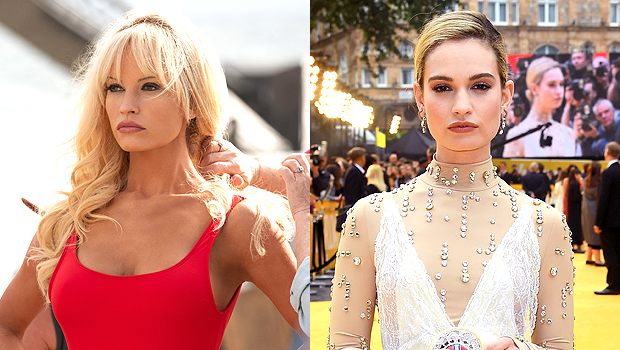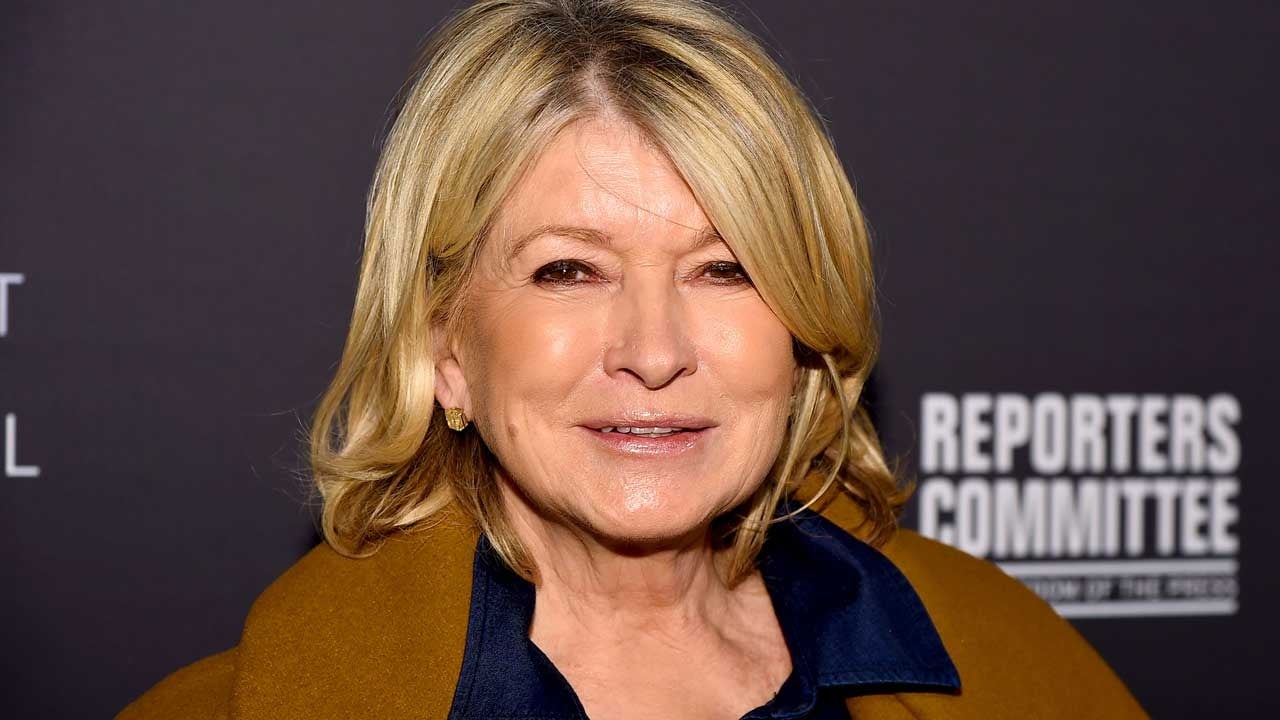Stephanie Laing on Channeling Grief and Loss into Art and Comedy in “Family Squares”
Stephanie Laing has eight Emmy nominations and two wins. She just directed all six episodes of the limited series “Mammals” for Amazon Studios. Laing launched her directing career on HBO’s “Veep.” Most recently she directed the pilot and five...

Stephanie Laing has eight Emmy nominations and two wins. She just directed all six episodes of the limited series “Mammals” for Amazon Studios. Laing launched her directing career on HBO’s “Veep.” Most recently she directed the pilot and five episodes of the HBO Max series “Made for Love,” starring Cristin Milioti, Ray Romano, and Billy Magnussen. Laing is also an executive producer on and directed seven episodes of Apple TV’s “Physical,” starring Rose Byrne. She directed and produced the Hulu series “Dollface” with Margot Robbie’s Lucky Chap.
“Family Squares” opens in theaters and on demand February 25.
W&H: Describe the film for us in your own words.
SL: This film is a love letter to families. When their matriarch dies, the Worth Family gather over Zoom to say goodbye and chaos ensues.
W&H: What drew you to this story?
SL: This story is deeply personal and dedicated to my mother who died while we were FaceTiming. It was incredibly hard and still is, and I wanted to tell this story because so many families have lost loved ones during the pandemic without being able to say goodbye in person.
W&H: What do you want people to think about after they watch the film?
SL: In modern times, society has never had to do the kind of mass, communal, global grieving that has been taking place since the pandemic hit.
My hope is that “Family Squares” might help offer viewers whatever it is they need to take away from it at the time, be it a different perspective, some levity, or a reminder that all family dynamics are unique, special, and sometimes drive us crazy, but sometimes insulate us at exactly the time we need it most.
W&H: What was the biggest challenge in making the film?
SL: This was not a simulation of a lockdown: we were actually locked down. It was September 2020.
We sent the cast iPhones with Filmic Pro installed. We had 22 cameras, tons of color-coordinated cables, microphones, and laptops spread over eight cities and two countries. I’ve still never been in the same room as most of the cast.
This was a huge team effort — the cast dressed their own sets, set up their own cameras, did their own sound, their own hair, makeup, and wardrobe. We did virtual scouts and FaceTime wardrobe fittings.
There was no shortage of challenges in shooting a feature film remotely, but we could not have asked for a better cast and crew.
W&H: How did you get your film funded? Share some insights into how you got the film made.
SL: I approached Unbounded Media with the concept and thankfully they got it. We had been chatting about other projects when the pandemic hit.
My advice is to do your research on financiers and try to establish relationships.
W&H: What inspired you to become a filmmaker?
SL: I always knew I wanted to tell stories. Movies like “Heartburn” and “The Graduate” inspired me.
W&H: What’s the best and worst advice you’ve received?
SL: Best advice: Keep trying and walk through the fear.
Worst advice: Don’t take risks.
W&H: What advice do you have for other women directors?
SL: Keep trying and walk through the fear.
There’s no clear path and you just have to focus on the work and keep going. It’s not easy — nothing is — but in the end you can get there.
W&H: Name your favorite woman-directed film and why.
SL: “Fast Times At Ridgemont High,” directed by Amy Heckerling. It’s a legend of a movie and she kicked ass and was a trailblazer for us all. It’s funny, rude, sweet, and tonally perfect.
W&H: The film industry has a long history of underrepresenting people of color onscreen and behind the scenes and reinforcing — and creating — negative stereotypes. What actions do you think need to be taken to make it more inclusive?
SL: Seek out and make those stories first because all stories need to be told. Start from the beginning with inclusivity for all. Don’t just say it — do it.
And to writers, pay attention to the characters you create.

 AbJimroe
AbJimroe 






























